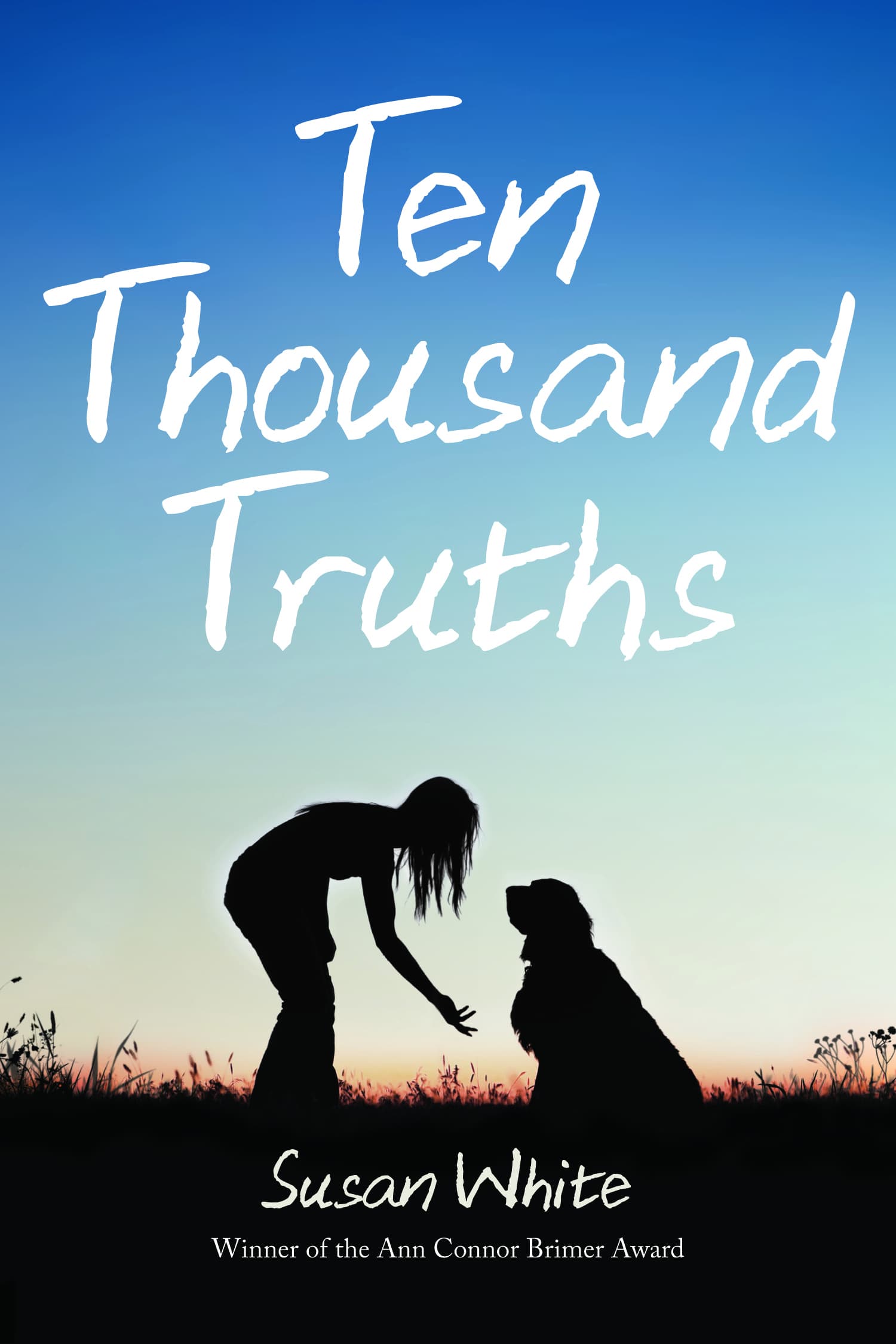Ten Thousand Truths
A moving story of losing family but finding a new one. Thirteen-year-old Rachel is bad news, or so her foster care worker tells her. She’s been shuttled from one rotten foster family to another ever since her mother and brother died in a car accident five years ago, and she’s running out of options. So when she gets caught shoplifting and is kicked out of her latest home, the only place left to send her is the last resort for kids like her: a farm in the middle of nowhere run by a disfigured recluse named Amelia Walton, whom Rachel nicknames “Warty” because of the strange lumps covering her face and neck. Rachel settles into life at the farm, losing herself in her daily chores and Amelia’s endless trivia, and trying to forget her past and the secret she’s holding inside. But when a letter arrives for her out of the blue, Rachel soon realizes that you can’t hide from your past-or your future.
Throughout my reading I had the image of a woman taking care of a wounded bird. Because that’s who Amelia is, a caretaker of the wounded. Her gentle ways, unwavering understanding and support provide stability and love for those under her care, allowing them the chance to heal from injuries inflicted upon them, physical and emotional.
But the reason why Amelia is so good at helping the wounded heal is because she is also wounded. Under self-imposed house arrest for over 30 years due to a condition that causes growths on her face and body, Amelia fears going out in public will leave her open to stares and jeers. She has also been rejected by her own mother, and thus can relate to the problems of the children and teens in her care.
They are a family. So much so that when Rachel is presented with the opportunity to live with her grandmother and her father, I didn’t want her to. I was sick about it while she made her decision because I knew I wanted her to realise what she had, even if it meant not living with her blood relatives.
White writes in her acknowledgements that Anne of Green Gables was her inspiration and that she hopes people will care about Rachel as much as they care about Anne. It worked, because I do. By the end of the book I loved their whole family, and I wished that nothing would happen to change it. It’s an eclectic arrangement, even more untraditional than Marilla, Matthew and Anne, but it works and it is beautiful.
I loved all of White’s characters, but Raymond was my favourite. I know he’s just a supportive character, but what I did read about his background and his perspective and actions in general just got to me. He stole my heart.
After reading Ten Thousand Truths and The Year Mrs. Montague Cried and loving them both, I look forward to reading any books White writes in the future with great enthusiasm.

